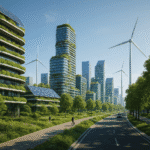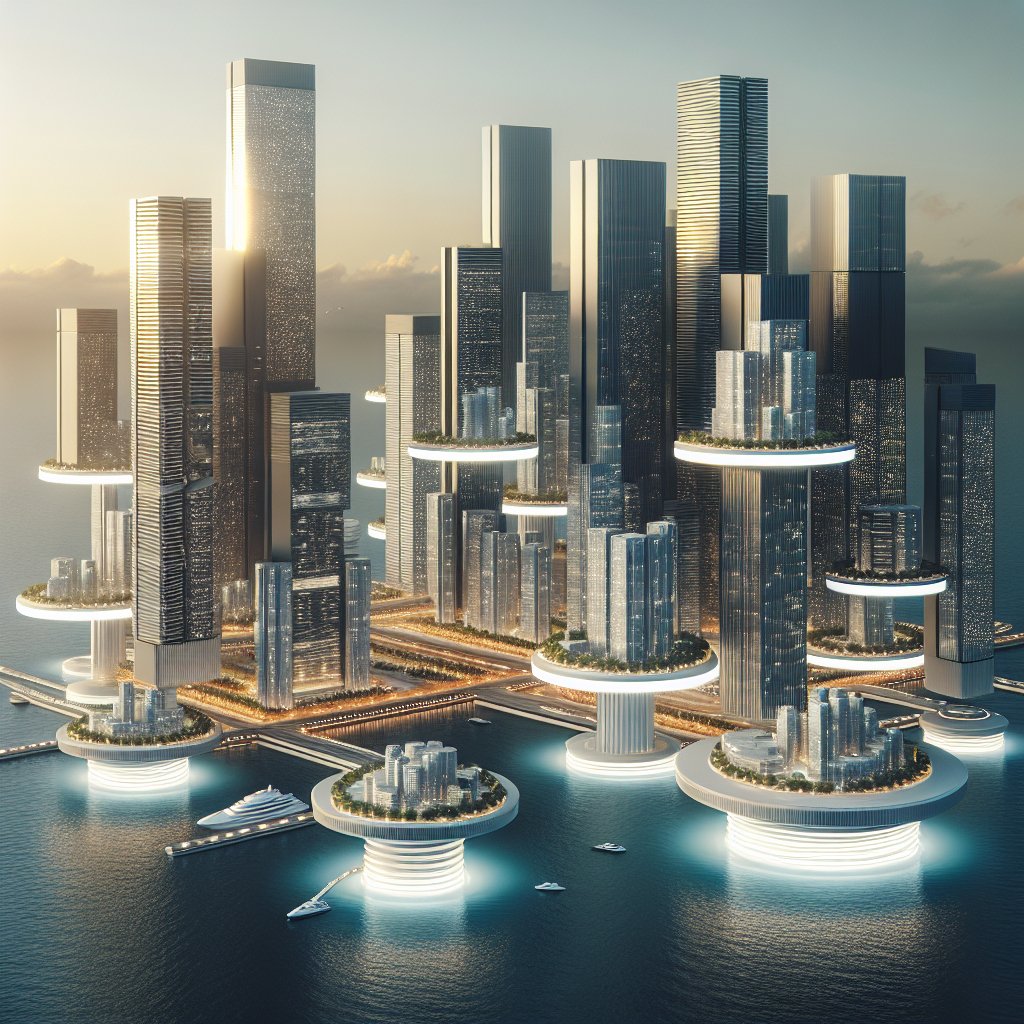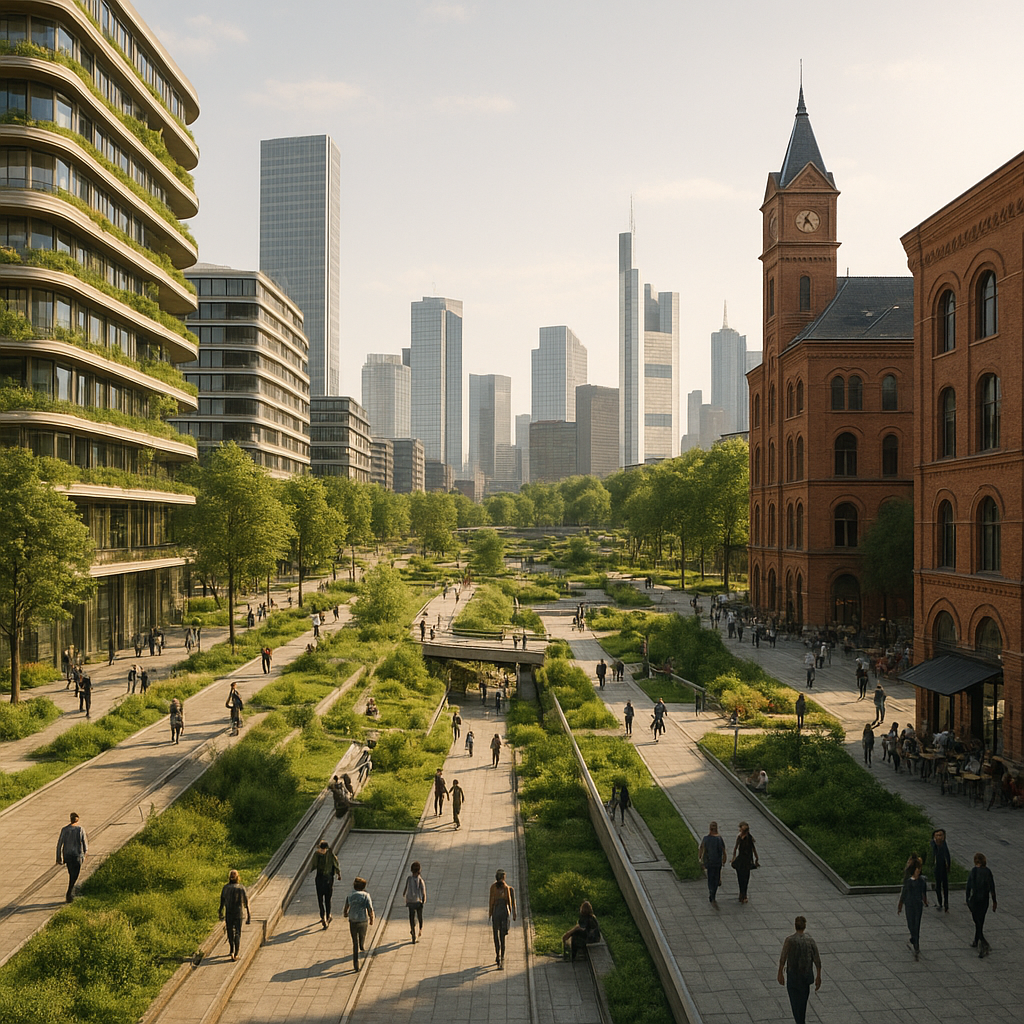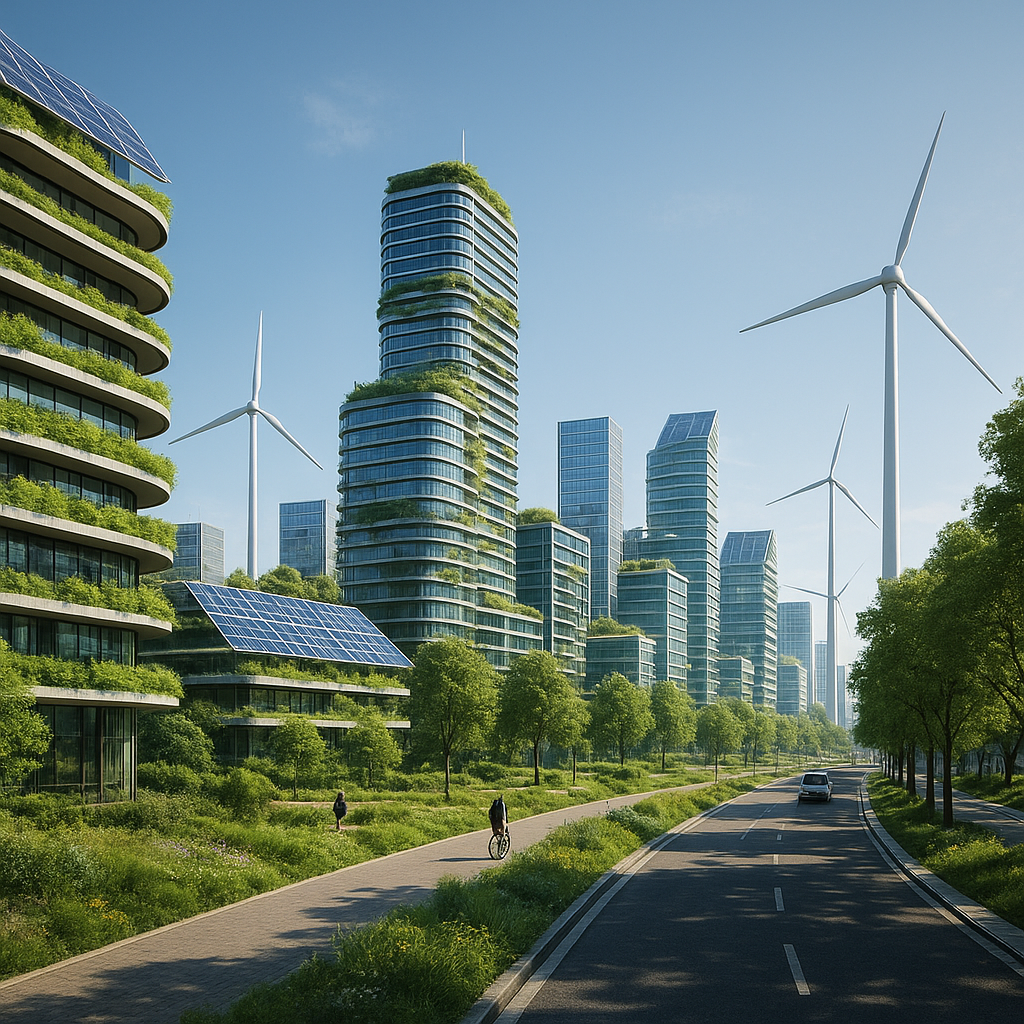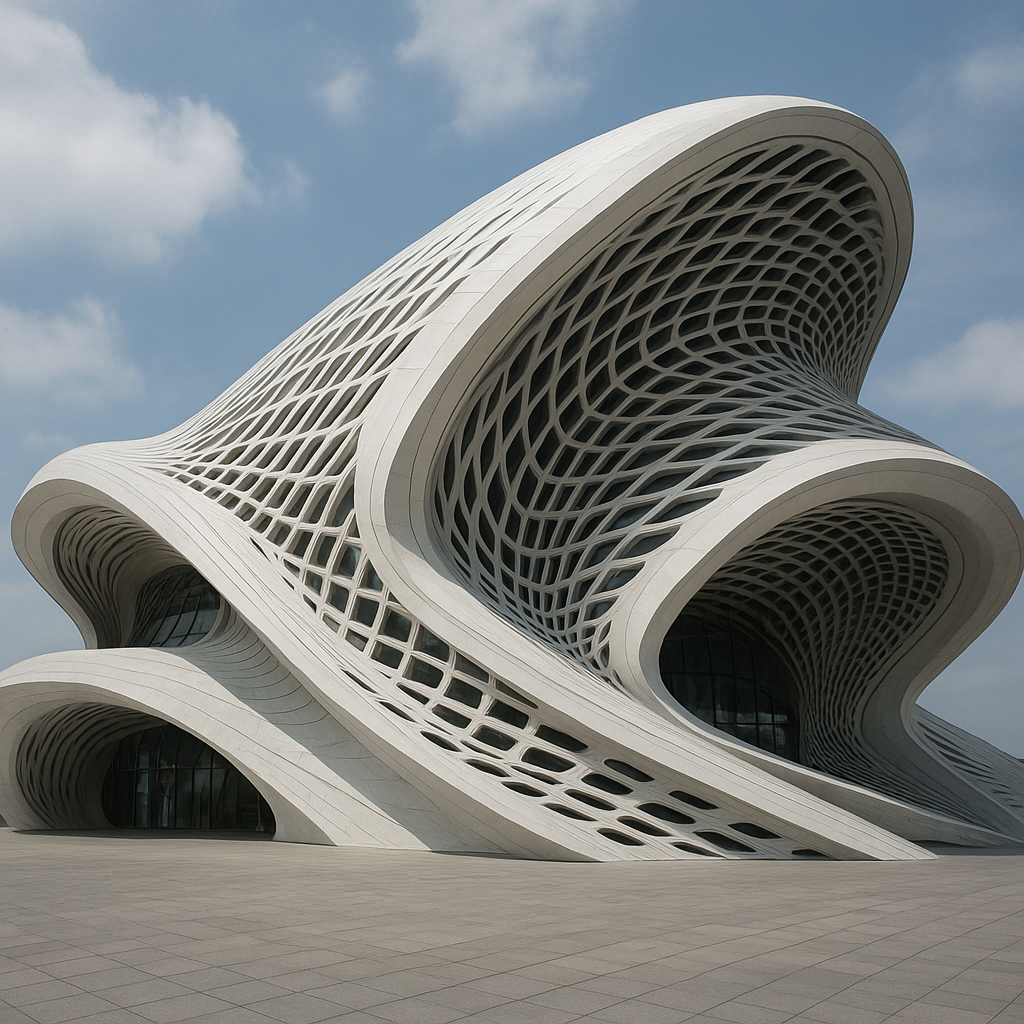As climate change continues to impact our planet, the concept of floating cities has emerged as a potential solution to the challenges posed by rising sea levels. This innovative approach to urban planning and architecture seeks to create sustainable, adaptable living spaces that can withstand the environmental changes of the future. In this article, we will explore the principles of futuristic architecture that underpin the design of floating cities and examine the potential benefits and challenges of implementing such ambitious projects.
The Vision of Floating Cities
Floating cities represent a radical departure from traditional urban development, offering a vision of communities that are not only resilient to environmental changes but also harmonious with their aquatic surroundings. The concept is rooted in the principles of futuristic architecture, which emphasizes sustainability, adaptability, and integration with nature. By constructing cities on water, architects and urban planners aim to address the pressing issue of rising sea levels while also creating new opportunities for innovation in design and living.
One of the key features of floating cities is their modular design. This approach allows for flexibility in construction and expansion, enabling cities to grow and adapt over time. Modular units can be added or removed as needed, providing a dynamic and responsive urban environment. This adaptability is crucial in the face of climate change, as it allows cities to adjust to shifting environmental conditions and population needs.
In addition to their adaptability, floating cities are designed to be self-sufficient and environmentally friendly. Many proposals incorporate renewable energy sources, such as solar panels and wind turbines, to power the cities. Water desalination and recycling systems are also integral components, ensuring a sustainable supply of fresh water. By minimizing their ecological footprint, floating cities aim to coexist with their natural surroundings rather than disrupt them.
Challenges and Considerations
While the concept of floating cities is undeniably appealing, there are several challenges and considerations that must be addressed before they can become a reality. One of the primary concerns is the engineering and construction of these cities. Building on water presents unique technical challenges, including ensuring stability, durability, and safety in the face of harsh weather conditions and potential natural disasters.
Moreover, the cost of constructing floating cities is a significant barrier. The advanced technology and materials required for such projects can be prohibitively expensive, raising questions about the economic feasibility and accessibility of these developments. Ensuring that floating cities are affordable and inclusive is essential to their success as a solution to rising sea levels.
Another important consideration is the social and cultural impact of floating cities. As with any new urban development, it is crucial to consider the needs and desires of the communities that will inhabit these spaces. This includes ensuring access to essential services, such as healthcare and education, as well as fostering a sense of community and belonging. The design of floating cities must prioritize the well-being and quality of life of their residents, creating environments that are not only functional but also vibrant and livable.
In conclusion, floating cities offer a promising solution to the challenges posed by rising sea levels, embodying the principles of futuristic architecture through their innovative design and sustainable practices. However, realizing this vision requires overcoming significant technical, economic, and social challenges. As we continue to explore the potential of floating cities, it is essential to approach these projects with a holistic perspective, considering not only their architectural and environmental aspects but also their impact on the communities they are intended to serve.


